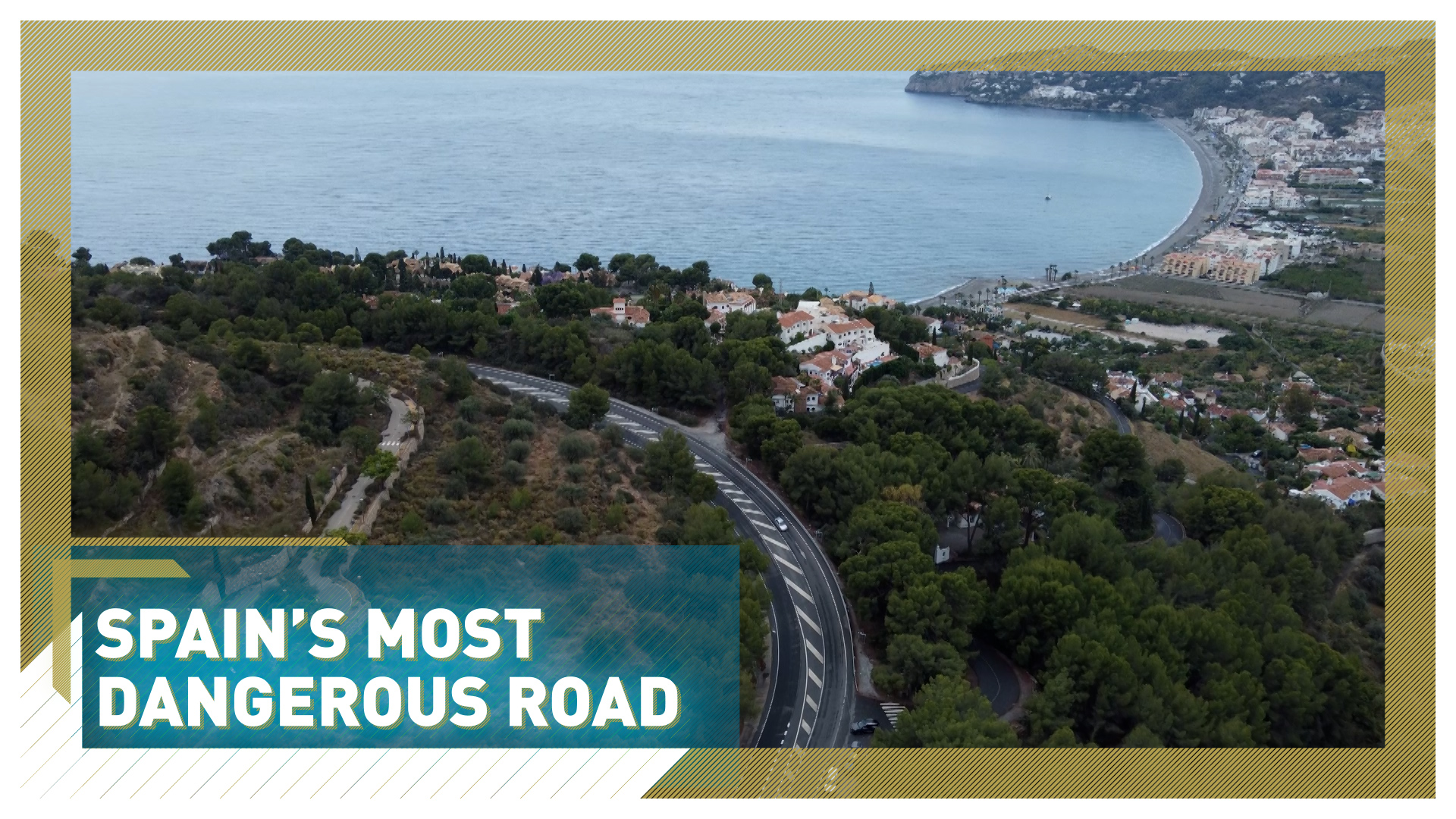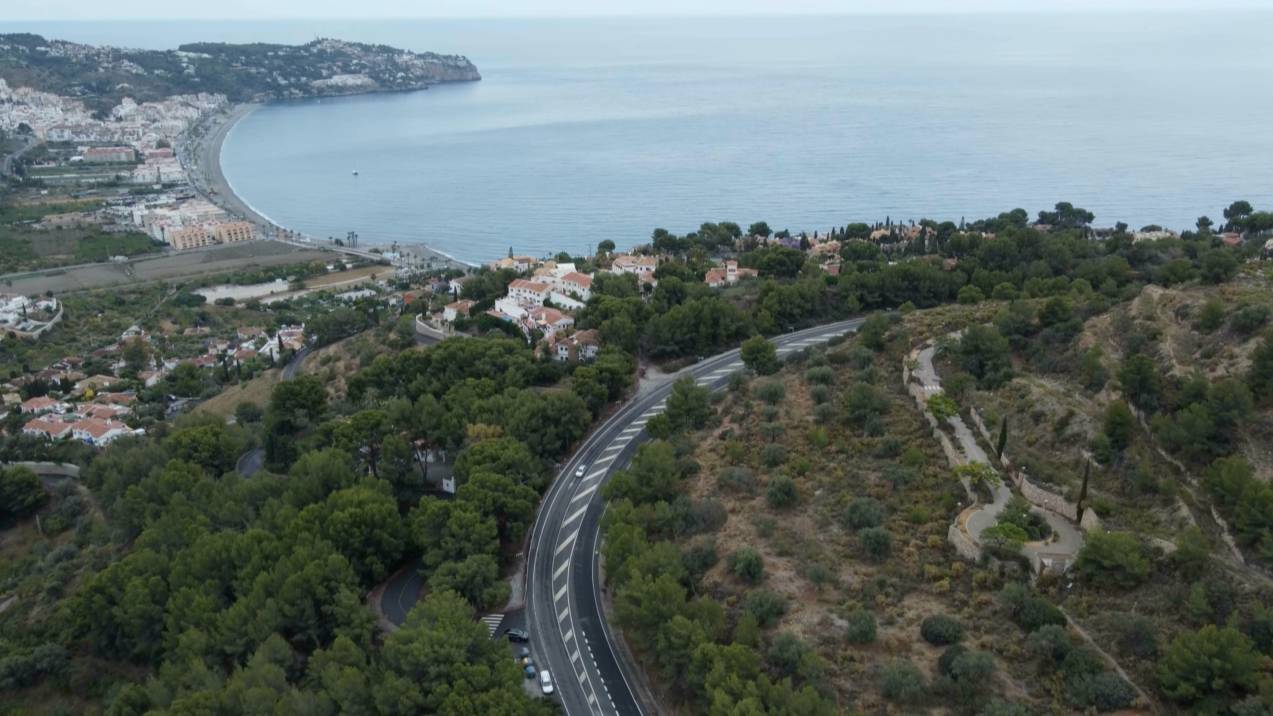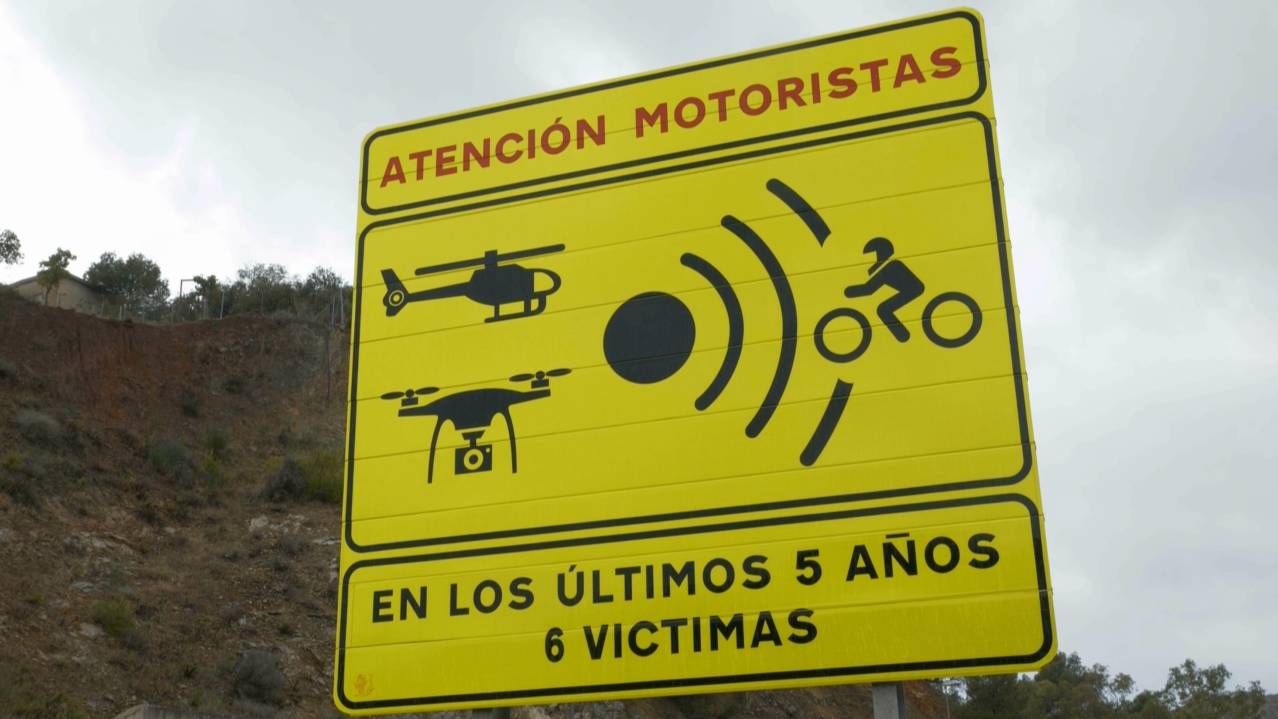02:20

Spain once had Europe's most dangerous roads. Now it's consistently in the top five or ten safest places to drive in the EU.
Between 1989 and 2019, serious traffic accidents were reduced by 80 percent and Spain now has a much lower death rate on its roads - 37 per million - than the European average of 51 per million in 2021).
So how did they do it?
Education, legislation, harsher sentencing, an effective points system, and the AVE - an efficient fast-train service that reduces the need for hundreds of thousands of long-haul car journeys a year.
An AVE can get you from Barcelona to Madrid in two and a half hours, for example, while that same journey by car takes around six hours.
All these factors have helped lower the death rate significantly. Between 2009 and 2022 fatal or serious accidents in Spain fell by 73 percent.
But officials and activists say more can still be done.
The nation aims to reduce road traffic deaths and serious injuries by a further 50 percent by 2030, in line with EU and UN objectives.

The N340's bends make it treacherous, especially when driving in rain or at night. /CGTN
The N340's bends make it treacherous, especially when driving in rain or at night. /CGTN
Spain's most dangerous roads
CGTN took a road trip down the N340 - one of the country's most dangerous roads - to experience what it's like first hand.
The N340 is an enormous road, 1,248km long, and stretches from Cadiz to Barcelona, often being called 'Spain's Route 66.'
Over 300 people lost their lives on the N340 in just ten years from 1999 to 2009, and consistently ranks among Spain's top ten riskiest roads each year since then.
There is a 17km stretch between the provinces of Malaga and Granada that is as breathtakingly beautiful as it is potentially treacherous.
A picture-perfect road that winds along Spain's Costa del Sol, and the first danger is being distracted by the stunning views of the Alboran sea that sweep in and out of view.
The others are the sharp curves, gradient of the road, wind from the sea, oncoming traffic including cyclists, motorcyclists, and quad bikes, the mountains and the risk of falling rocks on one side, and the cliff edge with sheer drops on the other.
CGTN spotted a deer from the car window too, which luckily didn't dart out into the road.
A small bird that hit the windscreen wasn't as lucky.
There's a lot to think about.

An N340 road sign proclaiming the deaths of six people in five years. /CGTN.
An N340 road sign proclaiming the deaths of six people in five years. /CGTN.
Serious accidents
"I have friends who have had serious accidents on these roads," said Jose Luis, a local resident who works at a beach bar in the town of Almuñecar which comes alive in the summer.
"This is a dangerous road. The bends are seriously sharp, you have 70 or 80-degree curves and the truth is, the road is even more dangerous when it rains."
Maria Isabel also lives locally and she said the risks are higher at night.
"I think they need to improve the lighting on the road, especially at the dangerous points of Almuñecar, and La Herradura to Salobreña. These places really need better lighting," she said.
Their advice for visiting holidaymakers is simple:
Stay within the white lines which get slippy in the rain, try to avoid night journeys, and always stay within the speed limits.
Perfect world
To get some expert insight, CGTN spoke to David Fernandez of Spain's Royal Automobile club.
"We need to reduce the number of driving errors on our roads, that will reduce the probability of traffic accidents," he said.
"In a perfect world there would be no accidents but that's just not the case. So, we have to reduce the risk, the conditions that cause them in the first place, as much as we can."
While road safety is unquestionably a Spanish success story, officials and experts say there is still a long way to go.
Pedestrian and cyclist deaths are on the rise, particularly in urban centres, and roads like the N340 continue to pose risks for locals and tourists alike.
Spain's objective for this decade is to reduce road traffic deaths and serious injuries by 50 percent by 2030.
This objective is shared with the 2030 Agenda, the United Nations Global Plan for the Decade and the European Union.
The national strategy to achieve this focuses on road users, infrastructure and the environment, vehicles, and post-accident response through legislation, education and training.
Next generation tech like drone surveillance, AI speed cameras, cell phone blocking technology, 5G and satellite connectedness will also help and these are all either being employed or in the works as Spain seeks to set the pace on road safety.

Subscribe to Storyboard: A weekly newsletter bringing you the best of CGTN every Friday